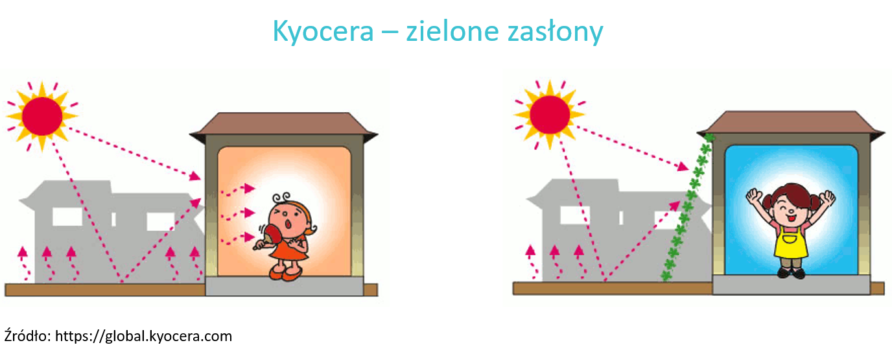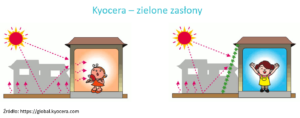Multisolving: Combining activities to protect health and climate
Connecting in adaptation solutions problems related to health and climate protection, increases awareness and involvement of local communities and at the same time fits into local adaptation strategies. Climate Interactive has published a report on the review of projects from around the world that effectively reduced greenhouse gas emissions, while bringing financial savings and benefits to the health residents.

In the report „Multisolving at the Intersection of Health and Climate: Lessons From Success Stories” based on an analysis of over 100 projects implemented in 52 countries around the world, the authors said that close and sustainable cross-sectoral cooperation for health and climate is possible and can improve local indicators in the field of public health, while contributing to the implementation of long-term global climate goals, often with significant financial savings.
Climate Interactive organization also presented examples of good practices and a number of advice on creating and maintaining projects involving several parties: from individual medical doctors, through large corporations, to local and national authorities. These projects show that combining activities supporting climate protection and adaptation to changing climate condition brings health benefits, but also these activities are more effective, so cooperation allows you to reduce costs.
Few examples:
Green curtains
Japanese manufacturer of electronic components and photovoltaic systems Kyocera since 2007 covers the facade of their buildings with greenery creating ‘green walls’. This treatment aims to reduce the room temperature, save energy and reduce air pollution. Living curtains of decorative or edible vines help cool the air by evaporation of water, reduce the use of air conditioning, while providing shade on sunny days and absorb carbon dioxide. In addition, edible parts of the plants to to the company’s canteen, some of them are handed over to the employees free of charge.

See how to prepare a green curtain yourself – Kyocera instruction
Walk to school
The British Living Streets organization designed a ‘Walk to School’ campaign to promote walking to school on foot. The authors of the campaign believe that this should be the obvious choice of teachers as well as children and their parents. The introduction of such a habit not only positively affects health, but also allows to reduce traffic jams in the city and limit transport emissions. The campaign currently reaches 13 million people and its implementers work with over 750 000 children in 2000 schools. The project is a part of the British government’s policy, according to which by 2025 55% of primary school students are to go to school on foot. The campaign also supports the implementation of strategic objectives adopted by the Department of Transport, limiting traffic and carbon dioxide emissions.
Report results
Most of the initiatives described in the report can easily be adopted to local conditions and involve local communities in their implementation. The results of the conducted analyzes suggest that supporting cooperation between health organizations and those that bet on clear energy and engaging in climate protection, is an open and promising and still not fully used opportunity to increase the effectiveness of climate protection actions and also adaptation to changing climate conditions.
Source: Climate Interactive



